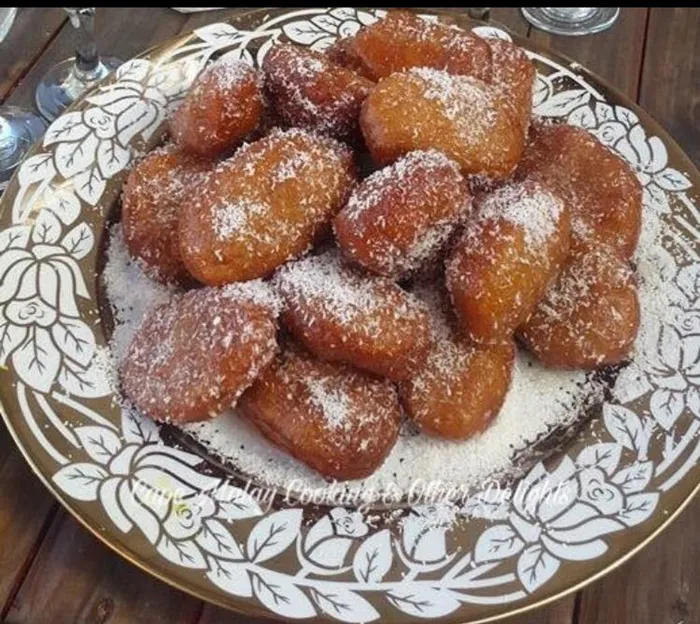What is the difference between koeksisters and koesisters?

Koesisters has Cape Malay roots.
Image: Facebook
The ongoing cheesy koesister trend has sparked a lively debate among South Africans, splitting opinions into two camps: those who question, "Why would you create such an abomination?" and those who would bravely try it for the 'vibes'.
Because of this trend, the age-old question arises: "What is the difference between a koesister and a koeksister?"
While some may argue that they are essentially the same, enthusiasts of either or both desserts will tell you otherwise. Despite their similar names and shared deliciousness, these two iconic foods are rooted in distinct cultural traditions and offer entirely different flavour experiences.
Koeksisters
Let's start with koeksisters.
For some, a koeksister (with the k) is more than just a fried pastry and an overpriced item at retailers. It's the taste of home and heritage.
It is made from plaited dough strips fried until golden and crisp, and are then plunged into an ice-cold sugar syrup, producing a glossy, sticky surface and a satisfyingly crunchy texture.
The syrup is also often infused with lemon juice or even ginger, adding a tang and kick to the sweetness of the sugar syrup.
It is believed the name "koeksister" may derive from the Dutch word koekje (meaning “cookie”). Dutch settlers brought early versions of this treat to South Africa in the 17th century, adapting recipes like oliekoek (oil cake) and stroopkoek (syrup cake) into what we now know and love as the koeksister.
Koesisters
In contrast to the sweetness of the koeksister, the koesister (without the k) offers a warmly spiced, cake-like alternative. Another key difference is that koesisters are rooted in Cape Malay culture
While koeksisters are plaited, koesisters are oval in shape and often darker in colour.
They are made from a fragrant dough infused with cinnamon, cardamom, aniseed, and sometimes naartjie peel. Some would also add boiled potatoes to the mix, which sounds odd, but let's be honest, nothing can be worse than cheese.
After being deep-fried to golden perfection, they’re dipped in hot syrup and rolled in desiccated coconut, creating a soft, slightly chewy texture with an aromatic, comforting flavour.
It is a Sunday tradition for koesisters to be enjoyed with tea or coffee. Rumour has it that the name is believed by some to come from the word “koes”—a reference to the quiet gossiping of spinsters while cooking.
IOL
Related Topics: